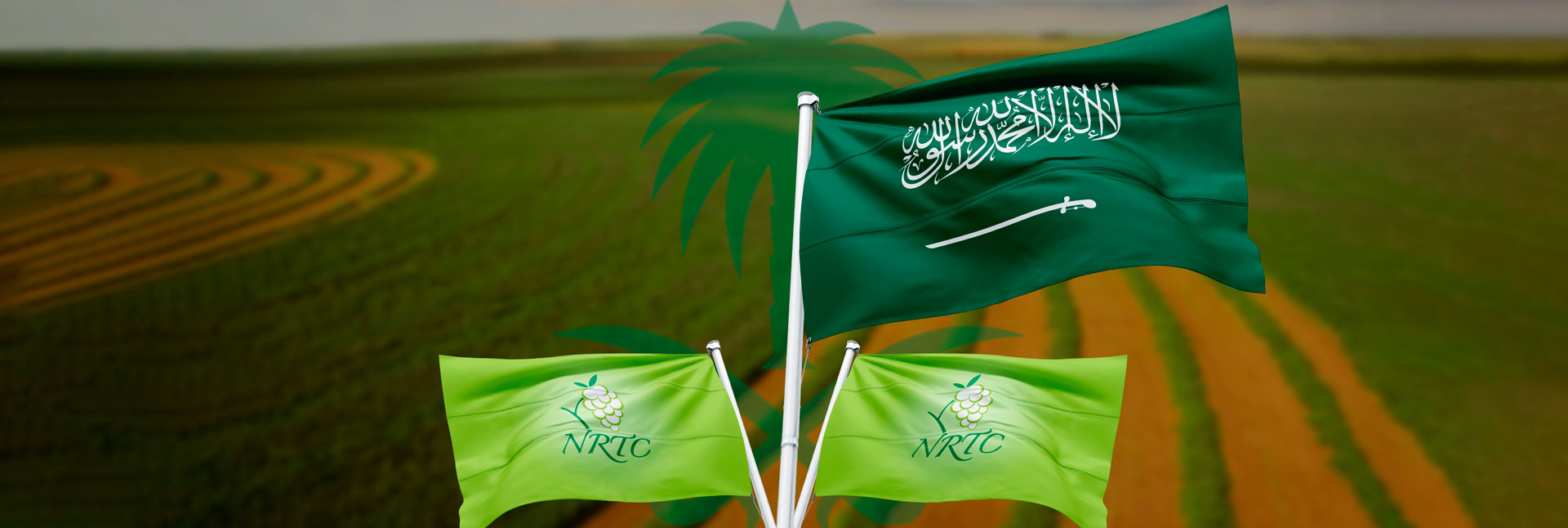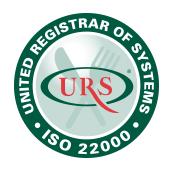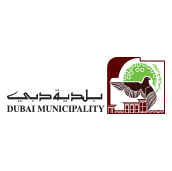What is a Rainbow diet?
Rainbow Diet is the key to a balanced diet which includes a range of colored foods items including the greens. Color diversity in your diet, helps your body to benefit from wide range of nutrients and also provides protection against many diseases. Building meals and snacks around a medley of color is a natural and simple approach to nutrition that focuses on the daily diet cycle. On a scientific level, these natural colors in foods indicate the presence of phytonutrients which give fruit and vegetables their distinctive hue come with an extra health boost. Fruit and vegetables are packed full of micronutrients, as well as organic compounds known as Phytonutrients. Some of these Phytonutrients are what give fruits and vegetables their color, so different colors equal different nutrients and powerful antioxidants. Becoming more adventurous with your meals will help you reap benefits in abundance from the Rainbow diet.
Here are the health benefits associated with the Rainbow diet:
Green
The color green signifies energy, vibrancy and cleansing and truly Green fruits and vegetables are abundant in numerous plant compounds that improve health and healing in the body. Green vegetables are an excellent sources of vitamin A and from the point of nutritional value green is a favored color. These food items boost the immune system, help detoxify the body, restore energy and vitality. Chlorophyll contained in green foods helps prevent cancer and maintain weight control. It also provides protection to your skin. Green fruits and vegetables are rich in lutein, isothiocyanates, isoflavones, and vitamin K — which are essential for blood and bone health.
Examples of Green Foods
Collard, turnip Broccoli, Kale, Romaine lettuce, Brussels sprouts, Grapes, Asparagus, Spinach, Swiss chard, Arugula, Beans, Peas, Zucchini, Kiwi Fruit, Avocado, Edamame, Cucumber, Green Peppers, Green Herbs
Orange and Yellow
Orange and Yellow fruits and vegetables are rich in vitamin C. Most of them are also packed with carotenoid including beta-carotene, the plant pigment responsible for their lively bright color. Beta-carotene boosts the response of the immune system. Some carotenoids, most notably beta-carotene, convert to vitamin A within the body, which helps promote healthy vision and cell growth and prevent free radical damage. Citrus fruits contain a unique phytonutrient called hesperidin, which helps to increase blood flow. More importantly, consuming citrus helps reduce the risk of heart disease and Promotes healthy joints
Examples of Orange and Yellow Foods
Oranges, Grapefruit, Lemons, Mangoes, Papayas, Carrots, Sweet potatoes, winter Squash, Corn, Orange and yellow peppers, Pineapple, Peaches
Red
Red fruits and vegetables contain phytochemicals, like Lycopene the pigment that produces the red pigmentation in plants and is the most powerful free radical damager in its family. These powerful nutrients have cancer-fighting effects and reduces inflammation in the arteries lowering cardiovascular diseases. Red fruits and veggies lowers the risk of macular degeneration, an age-related condition that can impair vision and improves skin quality
Examples of Red Foods
Tomatoes, strawberries, watermelon, raspberries, red grapes, apples, red Cabbage, beets, rhubarb, red peppers, radishes, cherries, red onions, Cranberries
White
White produce may not be as brightly colored and technically not a rainbow color, but they still are a healthy choice and include phytonutrients. White foods purify the blood, regulate healthy cellular growth, and reduce inflammation.
Examples of White Foods
Leeks, onions, garlic, scallions, cauliflower, mushrooms, ginger, Potatoes Parsnips, white cabbage.
Blue and Purple
Loaded with anthocyanins, it contributes to the dark blue and purple pigmentation in food. Anthocyanins are responsible for preventing genetic damage, stimulating apoptosis in cancer cells, reduce inflammation, and inhibiting cancer activity such as uncontrollable cell proliferation. Blue and purple fruits and vegetables are rich in phytonutrients, including anthocyanins and resveratrol, and have anti-cancer and anti-aging properties.
Examples of Blue and Purple Foods:
Eggplant, Blueberries, Plums, Red Cabbage, Cranberries, Blackberries, Figs
Thus it is evident that incorporating the rainbow diet is the trick that you need to expand your diet plan horizons and eat better at the same time.












